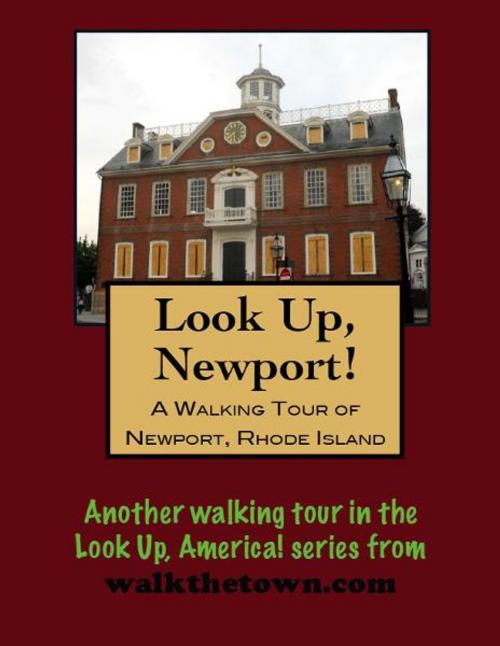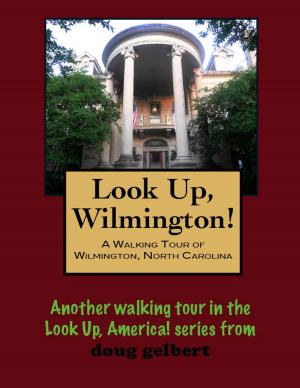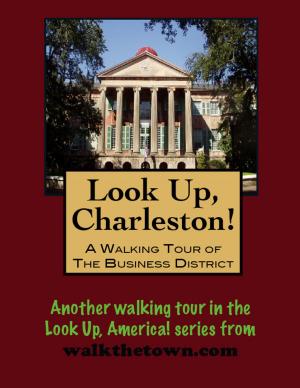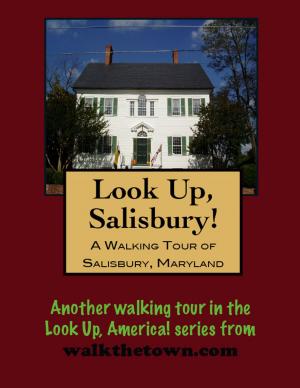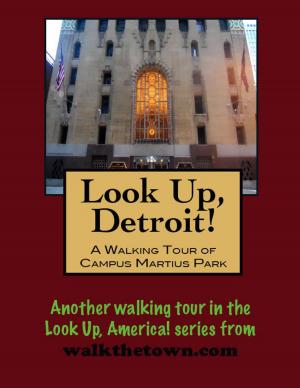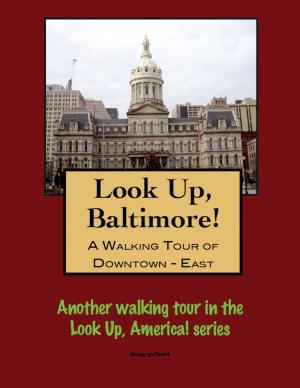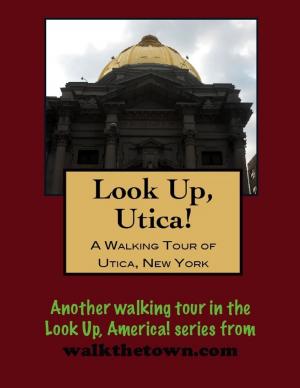| Author: | Doug Gelbert | ISBN: | 9781452382975 |
| Publisher: | Doug Gelbert | Publication: | August 25, 2010 |
| Imprint: | Smashwords Edition | Language: | English |
| Author: | Doug Gelbert |
| ISBN: | 9781452382975 |
| Publisher: | Doug Gelbert |
| Publication: | August 25, 2010 |
| Imprint: | Smashwords Edition |
| Language: | English |
There is no better way to see America than on foot. And there is no better way to appreciate what you are looking at than with a walking tour. Whether you are preparing for a road trip or just out to look at your own town in a new way.
Each walking tour describes historical and architectural landmarks and provides pictures to help out when those pesky street addresses are missing. Every tour also includes a quick primer on identifying architectural styles seen on American streets.
Shortly after Roger Williams was banished from Massachusetts for his liberal religious beliefs, Anne Hutchinson suffered the same fate in Boston. On his recommendation Hutchinson and her followers purchased Aquidneck Island from the local Indians and settled at the northern end of the island in an area known as Pocasett in 1636. Her little band too experienced a rift and in 1639 a group led by William Coddington and Nicholas Easton moved south to form Newport.
Blessed with one of the deepest natural harbors in the country Newport was an established shipbuilding center within a decade. Over the next hundred years more than 150 wharves would be constructed and the bustling seaport was handling as much trade in rum, candles, fish, silver and, yes, slaves, as the leading American ports of Boston and New York and Charleston.
During the American Revolution the British wasted no time securing Newport and its fine natural harbors. When hostilities erupted, Captain James Wallace controlled Narragansett Bay with a small force that remained in place until driven away in April 1776 by fire from shore batteries. General Henry Clinton would not leave for three years and in that time som e400 houses - almost half the town - were destroyed for firewood and other uses.
The Newport harbor was essentially closed for the entire Revolution, and the seaport never regained its prominence as a shipping center. The population cascaded from 11,000 in 1775 to barely half that a year later. The population scarcely rose again by 1870. The factories and warehouses that were built elsewhere during the Industrial Revolution proved to be a blessing for Newport. In the 1840s when wealthy Southern planters sought relief from humid Lowcountry summers they found retreats in a place progress had passed by - Newport. For the next century America’s wealthiest families beat a summer path to Newport and in their wake came artists and theologians and writers and architects. The Newport “cottage” was the symbol of America’s Gilded Age.
Our walking tour will begin on the fringes of this opulence and work down to the historic waterfront where the sea has shaped Newport for the better part of 400 years...
There is no better way to see America than on foot. And there is no better way to appreciate what you are looking at than with a walking tour. Whether you are preparing for a road trip or just out to look at your own town in a new way.
Each walking tour describes historical and architectural landmarks and provides pictures to help out when those pesky street addresses are missing. Every tour also includes a quick primer on identifying architectural styles seen on American streets.
Shortly after Roger Williams was banished from Massachusetts for his liberal religious beliefs, Anne Hutchinson suffered the same fate in Boston. On his recommendation Hutchinson and her followers purchased Aquidneck Island from the local Indians and settled at the northern end of the island in an area known as Pocasett in 1636. Her little band too experienced a rift and in 1639 a group led by William Coddington and Nicholas Easton moved south to form Newport.
Blessed with one of the deepest natural harbors in the country Newport was an established shipbuilding center within a decade. Over the next hundred years more than 150 wharves would be constructed and the bustling seaport was handling as much trade in rum, candles, fish, silver and, yes, slaves, as the leading American ports of Boston and New York and Charleston.
During the American Revolution the British wasted no time securing Newport and its fine natural harbors. When hostilities erupted, Captain James Wallace controlled Narragansett Bay with a small force that remained in place until driven away in April 1776 by fire from shore batteries. General Henry Clinton would not leave for three years and in that time som e400 houses - almost half the town - were destroyed for firewood and other uses.
The Newport harbor was essentially closed for the entire Revolution, and the seaport never regained its prominence as a shipping center. The population cascaded from 11,000 in 1775 to barely half that a year later. The population scarcely rose again by 1870. The factories and warehouses that were built elsewhere during the Industrial Revolution proved to be a blessing for Newport. In the 1840s when wealthy Southern planters sought relief from humid Lowcountry summers they found retreats in a place progress had passed by - Newport. For the next century America’s wealthiest families beat a summer path to Newport and in their wake came artists and theologians and writers and architects. The Newport “cottage” was the symbol of America’s Gilded Age.
Our walking tour will begin on the fringes of this opulence and work down to the historic waterfront where the sea has shaped Newport for the better part of 400 years...
